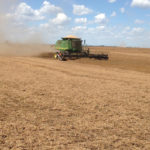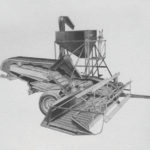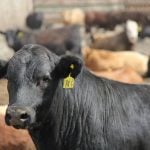
Tag Archives Soils and Crops

40 years of writing for Grainews
Les Henry reflects on his 40 year tenure in the pages of Grainews

Potashium: fertilizer mergers
In the wake of announced mergers, a look at the history of Prairie fertilizer

Combines I have known, Part 1
While we’re thinking harvest, Les Henry remembers some combines he’s loved

Lessons in asparagus… and water
When a soil scientist grows vegetables, it soon becomes a lesson in the water table

How to find the seed in the ground
There is a better way to find your planted seed, and your anhydrous ammonia

Weather, soil moisture and crops
Your definition of drought will depend on the amount of subsoil in your fields

Dam it anyway: the up side of dams
Detractors see the negative side effects, but dams can bring the world many benefits

Climate and weather cycles
There have always been climate cycles. The question is "Where are we now?"

Water chemistry: the Coles notes
Measure your water in the field before you use it in the house, the field or the barn

Nitrate in the environment
Agriculture is a big part of nitrogen movement. Let's measure what we're doing


